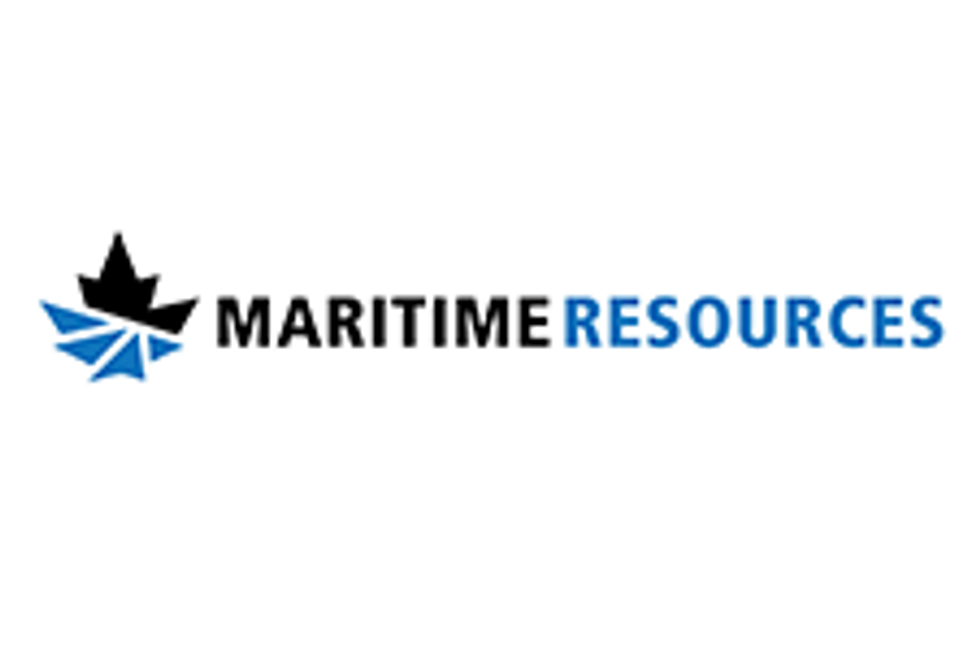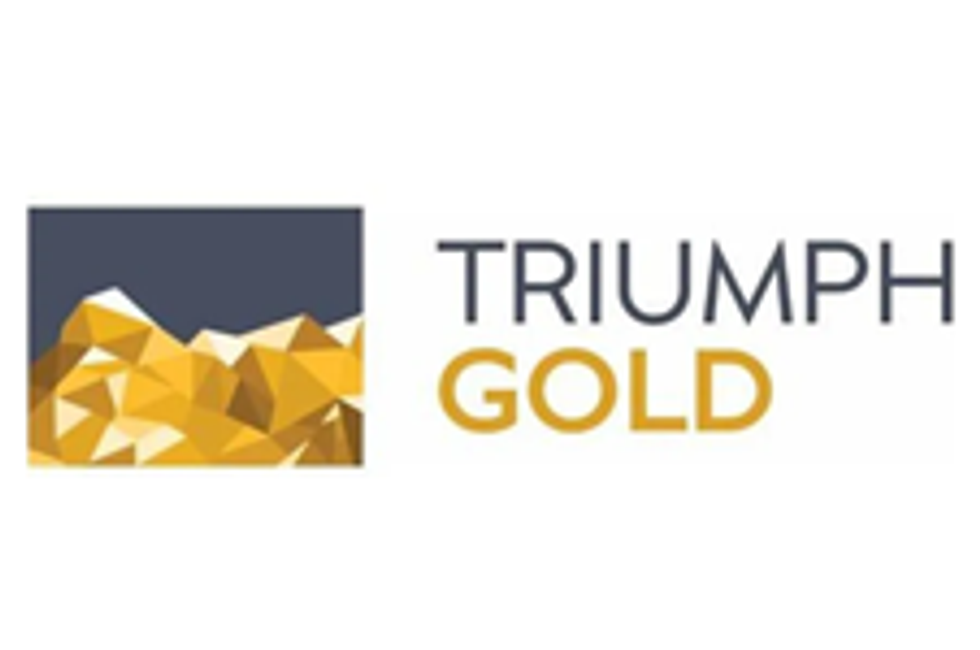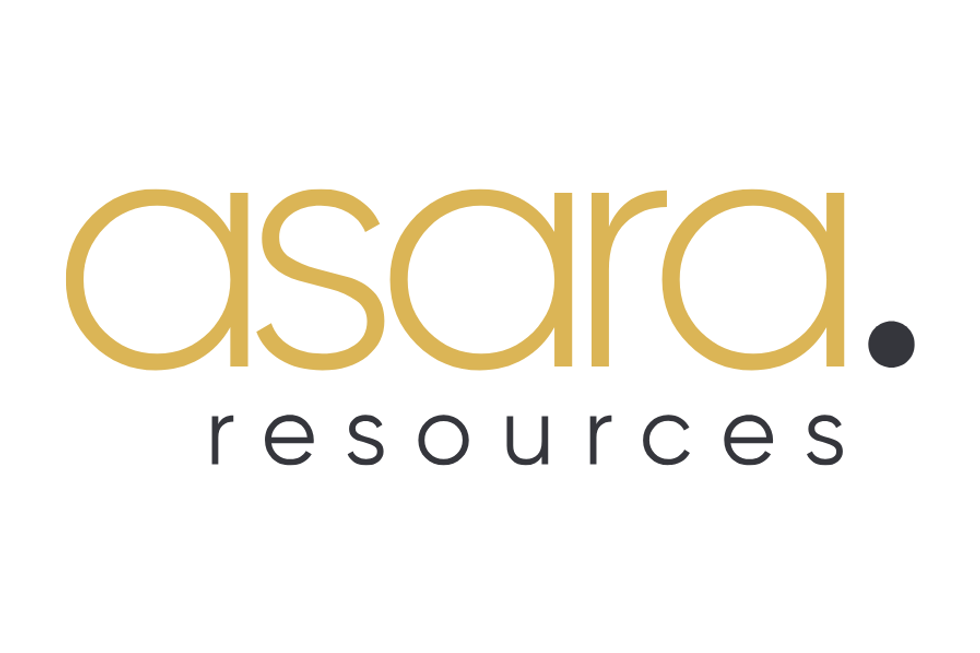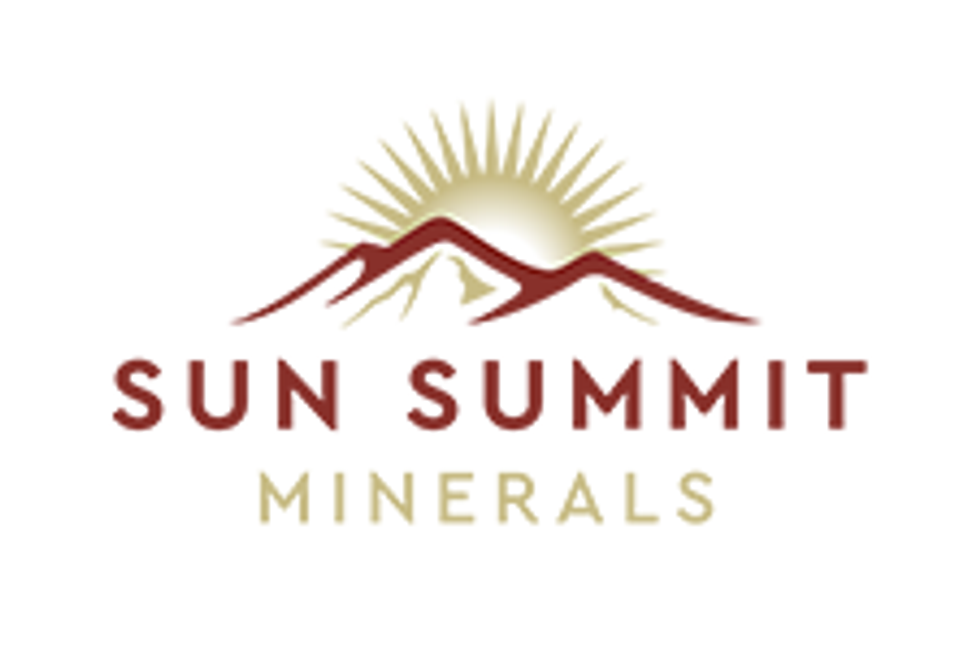Canada's Abitibi Greenstone Belt: A Golden Opportunity for Investors

The Abitibi Greenstone Belt's unique geology, mining-friendly policies, extensive infrastructure and incredibly rich deposits combine to make it one of the top gold-mining districts in the world.
Straddling the provinces of Ontario and Quebec, the Abitibi Greenstone Belt is the largest mineral-rich formation of its kind, at 450 kilometers long and 150 kilometers wide.
Formed 2.6 billion years ago, the belt has to date produced over 200 million ounces of gold, and it's estimated that it contains at least another 100 million. Unsurprisingly, the region also boasts an rich mining history, with 124 established mines since 1901.
In addition to gold, the Abitibi is also known to contain deposits of silver, copper, zinc, nickel, specialty metals and industrial metals.
The Abitibi Greenstone Belt's unique geology, mining-friendly policies, extensive infrastructure and incredibly rich deposits together make it one of the top gold mining districts in the world — and with gold prices historically high in the last few years, the belt is also an excellent investment target.
Canada’s Abitibi Greenstone Belt: High-value geology
Like most greenstone belts, the Abitibi is an assembly different rock types whose formation began during the Archean eon. Greenstone belts are highly complex geologic environments with multiple interlayered deposits. Although the specifics of their formation is not yet entirely understood, it's known to involve plate tectonics to some extent.
In addition to being the largest known greenstone belt, the Abitibi also contains some of the richest and highest-grade mineral deposits in the world. Typically, these occur proximal to major structural breaks such as the Porcupine-Destor, Pipestone and Cadillac-Larder lake faults.
The majority of producing gold deposits in the Abitibi are shear-hosted quartz-carbonate veins. Other common geologic settings include porphyry-related and iron formation-hosted ones. Gold-rich volcanic-hosted massive sulfide (VMS) deposits are also particularly prominent, containing rich deposits of gold, silver, copper, lead and zinc.
“The interesting thing about VMS deposits is you can get a very large concentration of metals in a very small area. They can be extremely high grade and worth a lot of money,” explained Ed van Hees, a regional geologist with the Ontario Ministry of Northern Development and Mines. "The rock at Kidd Creek is estimated to be worth between $300 and $400 per tonne, and its discovery in the 1960s started a major staking rush and exploration for copper deposits."
Canada’s Abitibi Greenstone Belt: Broad government and social support
In 2020, Ontario and Quebec together accounted for 71 percent of Canada's total annual gold production. Given that Canada is currently the fifth largest global producer of gold, it follows that it's in the best interests of both provincial governments to support the mining sector. And that's precisely what the two have done over the years.
Spanning from Wawa, Ontario to Chibougamau, Quebec, the Abitibi belt spans two of Canada's top mining jurisdictions, which together represented a combined mineral exploration expenditure of C$929.1 billion in 2019. The belt also exists in close proximity to a highly skilled workforce, multiple established mining camps and extensive renewable energy sources. Mining companies in both Ontario and Quebec also enjoy mining-friendly governmental policies.
Quebec, for instance, was identified as one of the top 10 mining jurisdictions in the world by the Fraser Institute's 2021 Annual Survey of Mining Companies in sixth place, while Ontario still positioned highly at 13th. The Ontario government recently announced that it wishes to be a global leader in critical minerals production.
Canada’s Abitibi Greenstone Belt: Recent developments
Although the Abitibi's mining history spans well over a century, gold and other minerals are still consistently being discovered in the region.
IMetal Resources (TSXV:IMR,OTCBB:ADTFF,FWB:A7V), for instance, recently acquired a 100 percent stake in the 665 hectare Kerrs gold deposit. Situated just 90 kilometers east-northeast of Timmins, the project contains what iMetal believes to be extensive expansion potential. At the time of acquisition, the company also announced that the deposit represents "a perfect complement to Gowganda West," a 14,700 hectare mining project near Kirkland Lake.
Osisko Mining's Windfall Lake Project is another example of a high-potential yet underdeveloped region. Acquired by the company in 2015, the project spans approximately 12,400 hectares. Osisko recently announced that its ongoing drill program at the project uncovered 71 high-grade intercepts, mostly in the Lynx zone.
Agnico Eagle Mines is another major player in the area, operating the Macassa, Goldex and Detour Lake projects in the belt. In May 2022, Agnico also announced that it plans to invest $1.82 million in exploration company Cartier Resources (TSXV:ECR). This represents 14 million shares and will ultimately give Agnico Eagle up to 19.97 percent ownership in the company.
Finally, Newmont (TSX:NGT,NYSE:NEM) in 2019 announced that it intends to renew its partnership with the University of Quebec in Abitibi-Témiscamingue and Polytechnique Montréal. This will, the company noted on Facebook, allow it to continue supporting a research program focused on developing environmentally friendly solutions to increase the lifecycle of operating mines. Newmont currently maintains three projects in the belt — Éléonore, Porcupine and Musselwhite.
Takeaway
Combining its geological and structural setting with over 100 years of mining history and expertise, Canada’s Abitibi Greenstone Belt is one of the world's largest and most promising gold mining regions. If it is not already, the Abitibi should be a familiar term to investors interested in Canadian gold mining and exploration.
This INNSpired article was written as part of an advertising campaign for a company that is no longer a client of INN. This INNSpired article provides information which was sourced by INN, written according to INN's editorial standards, in order to help investors learn more about the company. The company’s campaign fees paid for INN to create and update this INNSpired article. INN does not provide investment advice and the information on this profile should not be considered a recommendation to buy or sell any security. INN does not endorse or recommend the business, products, services or securities of any company profiled. If your company would benefit from being associated with INN's trusted news and education for investors, please contact us.





